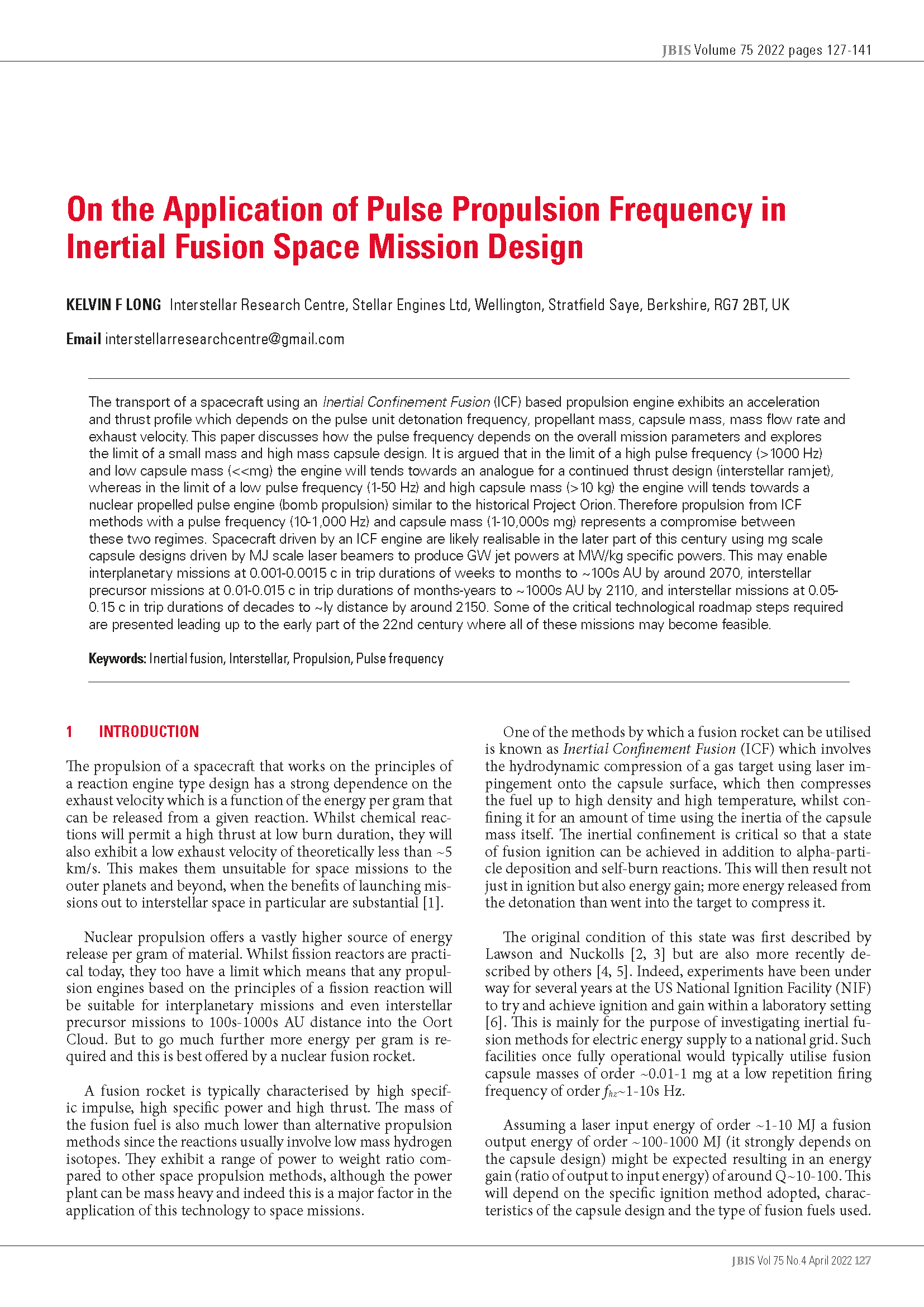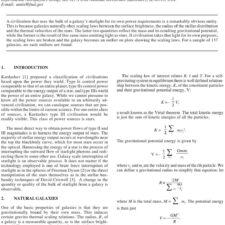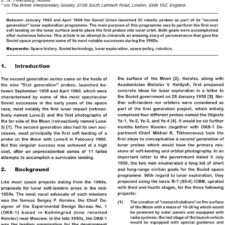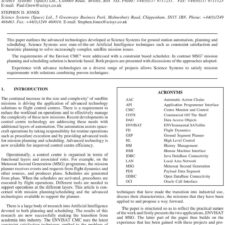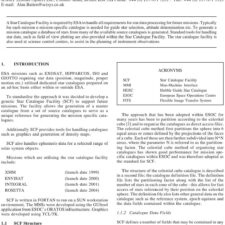On the Application of Pulse Propulsion Frequency in Inertial Fusion Space Mission Design
£0.00
Kelvin F Long (2022), JBIS, 75, pp.127-141
Refcode: 2022.75.127
DOI: n/a
Abstract:
The transport of a spacecraft using an Inertial Confinement Fusion (ICF) based propulsion engine exhibits an acceleration and thrust profile which depends on the pulse unit detonation frequency, propellant mass, capsule mass, mass flow rate and exhaust velocity. This paper discusses how the pulse frequency depends on the overall mission parameters and explores the limit of a small mass and high mass capsule design. It is argued that in the limit of a high pulse frequency (>1000 Hz) and low capsule mass (<<mg) the engine will tends towards an analogue for a continued thrust design (interstellar ramjet), whereas in the limit of a low pulse frequency (1-50 Hz) and high capsule mass (>10 kg) the engine will tends towards a nuclear propelled pulse engine (bomb propulsion) similar to the historical Project Orion. Therefore propulsion from ICF methods with a pulse frequency (10-1,000 Hz) and capsule mass (1-10,000s mg) represents a compromise between these two regimes. Spacecraft driven by an ICF engine are likely realisable in the later part of this century using mg scale capsule designs driven by MJ scale laser beamers to produce GW jet powers at MW/kg specific powers. This may enable interplanetary missions at 0.001-0.0015 c in trip durations of weeks to months to ~100s AU by around 2070, interstellar precursor missions at 0.01-0.015 c in trip durations of months-years to ~1000s AU by 2110, and interstellar missions at 0.05- 0.15 c in trip durations of decades to ~ly distance by around 2150. Some of the critical technological roadmap steps required are presented leading up to the early part of the 22nd century where all of these missions may become feasible.
Keywords: Inertial fusion, Interstellar, Propulsion, Pulse frequency

